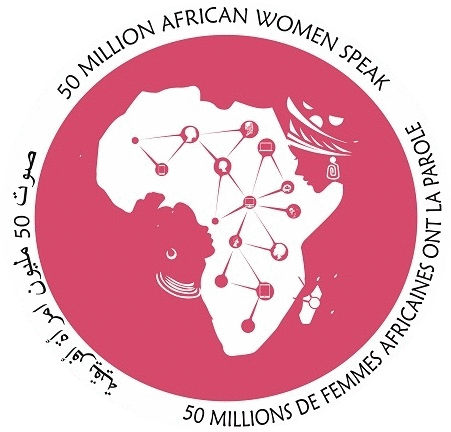Women and Health Alliance International (WAHA) - Kenya
- Kenya
- Resources
- Social Services
- Social Services
HEALTH IN KENYA
The Constitution of Kenya 2010 devolved health services to the counties, which meant a complete change in the Health structure and its management in the country. The national Government handles all the level 4 hospitals which offer highly specialized care. Level 3, level 2 and level 1 healthcare centers are under the management of the county governments
Global evidence points to a direct correlation between the size of a country’s health workforce and its health outcomes. Over the last decade, Kenya’s progress in improving the overall health status of its population has had mixed results. While life expectancy has gone up and interventions to address specific diseases including HIV/AIDs, Tuberculosis and Malaria have yielded positive results, much remains to be done.
The top five causes of outpatient morbidity in Kenya are Malaria, Diseases of the Respiratory System (including pneumonia), Skin Diseases, diarrhea and accidents accounting for about 70 percent of total causes of morbidity. Malaria contributes about a third of total outpatient morbidity.
Women and Health Alliance International (WAHA)
WAHA runs a program Machafuko, near Mombasa, promoting easy access to Medical Care.
PROGRAMES
- To improve access to mother and child health care by ensuring the functionality of the settlement’s two existing health facilities, setting up a motorbike ambulance-based referral system, training Community Health Workers (CHW) to promote best practice in maternal and child health, and carrying out community outreach activities.
- To reduce the burden of obstetric fistula, through implementing a system for identification, referral and treatment of chronic postpartum complications.
- To support youth-friendly family planning services in order to delay onset of first birth and promote birth spacing. We support the establishment of youth-friendly services, provide training to family planning providers, and conduct community mobilization campaigns to improve uptake of services.
- To improve the nutrition outcome of pregnant women, mothers, newborns and children under 5 years of age through preventative nutrition services. We carry out community outreach activities to prevent malnutrition and identify cases of malnutrition for immediate referral for care.
- To implement a cell-phone based health information system shifting from paper-based data collection to a mobile phone-based application.
.
CONTACTS





